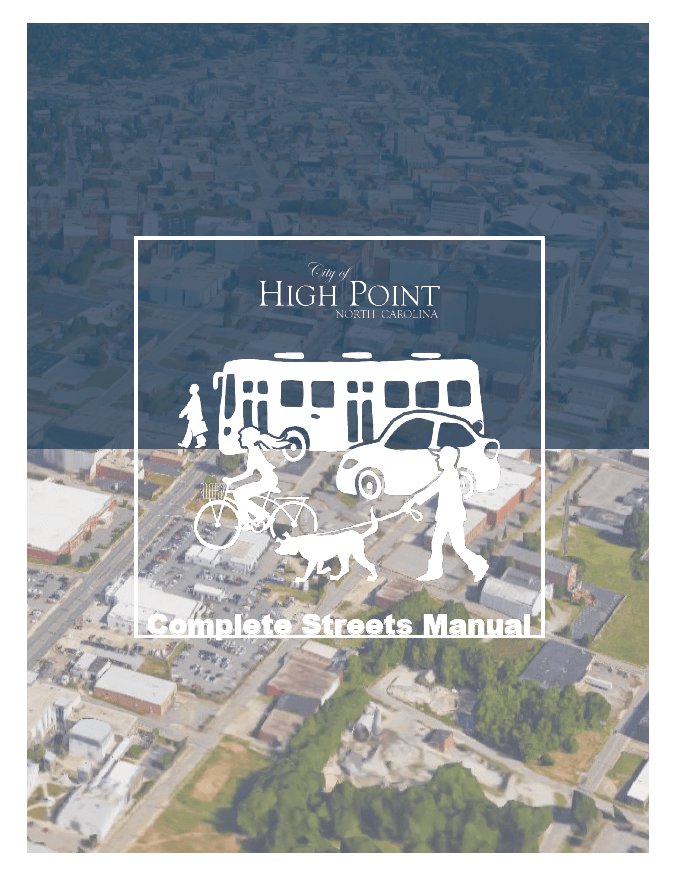NCDOT's Complete Streets Policy Update
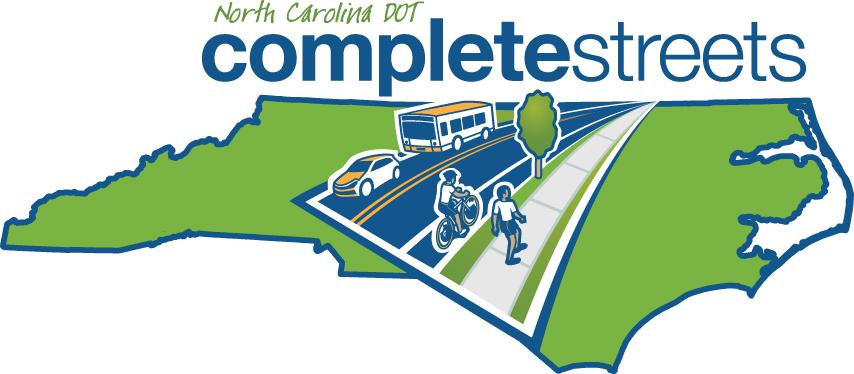
- Planning
- Project Development
- Resurfacing and Maintenance Activities
- Work Zone Accommodations
- Related Policies
- Cost Share
- Design Guidance
- Administration
NCDOT will include bicycle and pedestrian and public transportation facilities as part of a proposed roadway project if the facility appears as a recommendation in a state, regional, or locally adopted transportation plan. NCDOT will fully fund the cost of designing, acquiring right-of-way, and constructing the identified facilities. if you are aware of a plan that might be updated based on the new cost sharing parameters, don’t hesitate to reach out to our team as we have worked on a number of multimodal plans and would be happy to help you accordingly!
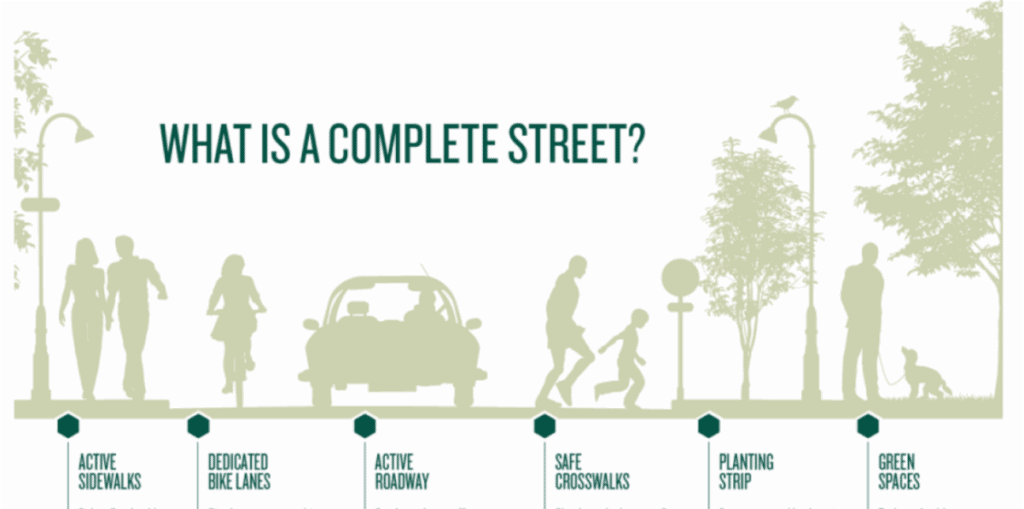
Now's the time to update your Powell Bill maps!
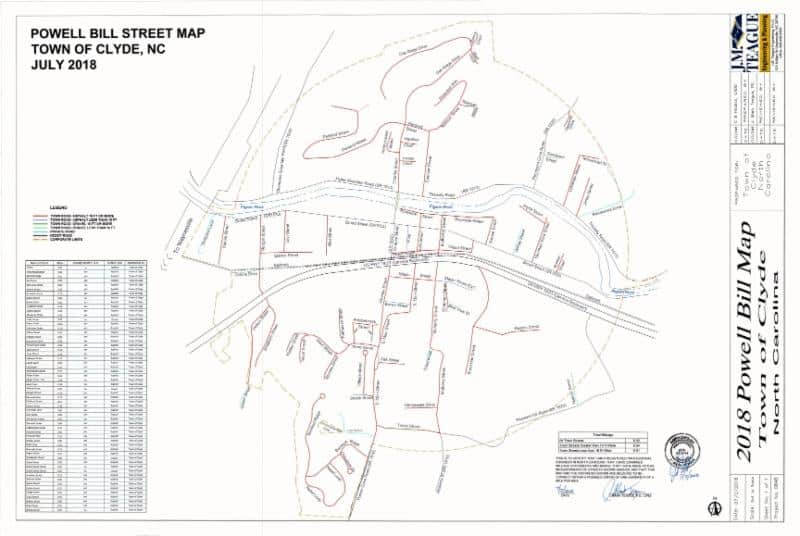
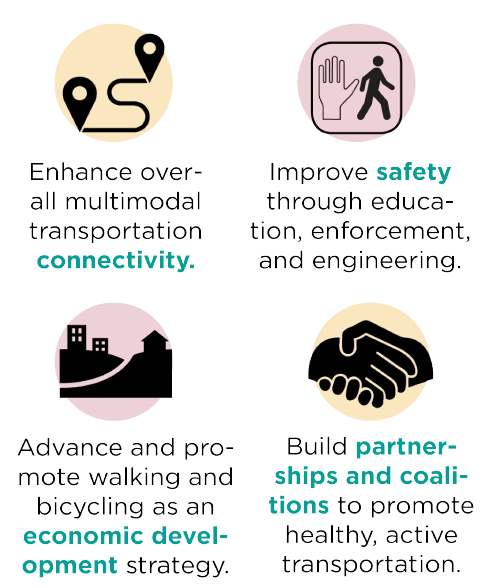
JMTE staff can help you make sense of the changes with NCDOT’s Complete Streets Policy, but we can also work with you to develop your own municipal Complete Streets Policy! It is important to develop a set of standards for how a city or town plans, designs, constructs, and maintains their streets – from small neighborhood streets to thoroughfares.
